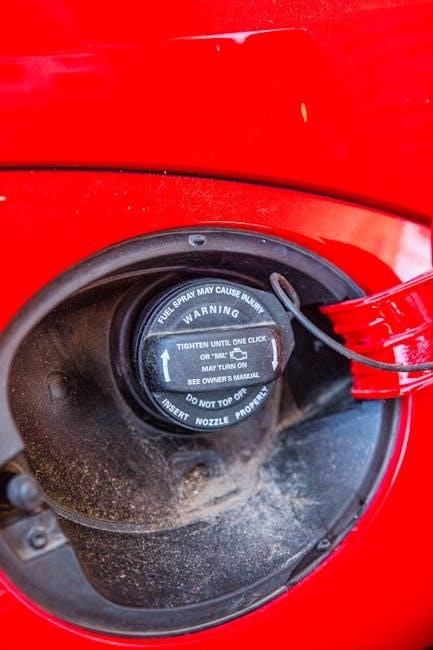
apivar strips instructions
Apivar strips instructions are essential for beekeepers to control Varroa mites, using a slow-release Amitraz treatment, and should be followed carefully to ensure effective use and minimize risks to the bees and environment always.
General Information About Apivar Strips
Apivar strips are a chemical treatment used to control Varroa mites in beehives, containing a slow-release Amitraz formula that is effective in reducing mite levels. The strips are easy to apply and require no special tools, making them a convenient option for beekeepers. Apivar strips are designed to be used in conjunction with good beekeeping practices, such as regular monitoring of mite levels and proper hive management. They are an important part of an integrated pest management strategy, helping to minimize the risk of mite infestations and promote healthy bee colonies. By using Apivar strips, beekeepers can help protect their bees from the damaging effects of Varroa mites and ensure a healthy and productive hive. The strips are widely available and can be purchased from beekeeping suppliers, making them a accessible option for beekeepers of all levels. Apivar strips are a valuable tool in the fight against Varroa mites.

When to Use Apivar Strips
Apivar strips are used during spring and autumn to control Varroa mites in beehives effectively always with proper timing and application methods for best results and success.
Timing of Apivar Strip Application
The timing of Apivar strip application is crucial for effective Varroa mite control. Apivar strips should be applied during the spring before the bees start collecting nectar and once during the autumn after harvesting. This allows for optimal treatment and minimizes the risk of damaging the bees or contaminating honey. The strips should be left in the hive for 6 weeks to ensure complete treatment. It is essential to follow the recommended application schedule to achieve the best results. Proper timing also helps to prevent the development of resistance to the treatment. By applying the strips at the right time, beekeepers can effectively reduce Varroa mite populations and promote healthy bee colonies. The autumn treatment and spring treatment are used to control Varroa mites and prevent infestations, ensuring the overall health of the bees. Regular application of Apivar strips can help maintain healthy bee colonies.

How to Apply Apivar Strips
Apivar strips are easy to apply, requiring no tools, just placement in the hive where bees are most active and Varroa mites are present to ensure effective treatment always happens.
Placement of Apivar Strips in the Hive
The placement of Apivar strips in the hive is crucial for effective treatment, as they work by contact with the Varroa mites.
The strips should be placed in an area where there is peak bee activity and where the Varroa are breeding, typically between the frames of the hive.
This allows the Amitraz to come into contact with the mites, reducing their population and helping to protect the bees.
It is essential to follow the manufacturer’s instructions for placement and dosage to ensure the treatment is effective and safe for the bees.
Proper placement also helps to minimize the risk of resistance and ensures the long-term effectiveness of the treatment.
By placing the strips correctly, beekeepers can help to reduce the Varroa mite population and promote a healthy and thriving bee colony.
The placement of Apivar strips is a simple and effective way to control Varroa mites and protect bees from the harm they can cause.
Regular monitoring and maintenance are also necessary to ensure the ongoing health of the colony.
Apivar strips are a valuable tool in the fight against Varroa mites and can be an important part of a comprehensive bee health program.
Beekeepers should always follow the recommended guidelines for placement and use of Apivar strips to get the best results.

Evaluating the Effectiveness of Apivar Strips
Evaluating Apivar strips involves monitoring mite levels and bee health, using tests to determine treatment success and adjusting strategies accordingly always and carefully.
Testing for Mite Levels Before and After Treatment
To determine the effectiveness of Apivar strips, it is essential to test for mite levels before and after treatment. This can be done using various methods, including sugar shakes or alcohol washes. The tests should be conducted according to established protocols to ensure accurate results. By comparing the mite levels before and after treatment, beekeepers can assess the effectiveness of the Apivar strips and make informed decisions about future treatments. Regular testing also helps to identify any potential issues with the treatment, such as the development of resistance. Additionally, testing for mite levels can help beekeepers to monitor the overall health of their bees and take proactive steps to prevent infestations. Overall, testing for mite levels is a crucial step in the process of using Apivar strips to control Varroa mites. The results of these tests can inform treatment decisions and help to ensure the long-term health of the bee colony.

Frequently Asked Questions About Apivar Strips
Common questions about Apivar strips include usage and efficacy, answered through FAQs and online resources always available to beekeepers and Apivar users everywhere online.
Common Questions and Answers
Apivar strips instructions raise several common questions among beekeepers, including how to apply the strips, when to use them, and what to expect from the treatment.
The answers to these questions can be found in the product’s manual and online resources, which provide detailed information on the usage and efficacy of Apivar strips.
Beekeepers can also consult with other experienced beekeepers and experts in the field to gain a better understanding of how to use Apivar strips effectively.
Additionally, the manufacturer’s website and customer support team can provide valuable guidance and answer any questions that beekeepers may have.
By taking the time to read and understand the instructions, beekeepers can ensure that they are using Apivar strips correctly and getting the best possible results for their bees.
Overall, having access to clear and concise information is essential for beekeepers to make informed decisions about their beekeeping practices and to use Apivar strips with confidence.
This information can help beekeepers to achieve their goals and to maintain healthy and thriving bee colonies;